Plant Wildflower Seeds In Fall for A Stunning Spring Display
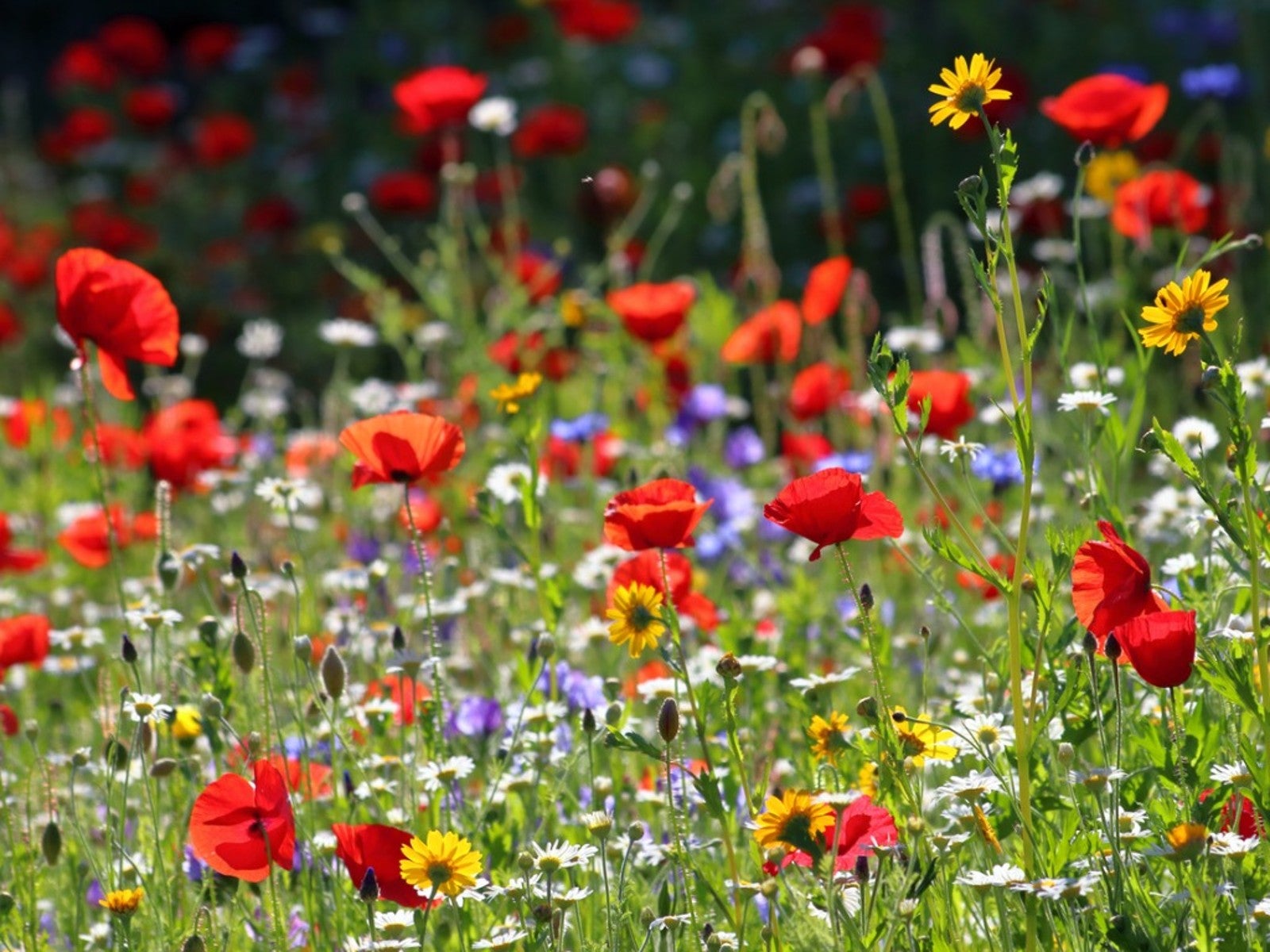

Wildflower beds and naturalized meadows can add great beauty to the home landscape. Growers who choose to plant native species are sure to attract pollinators of all kinds. Most wildflowers are also quite hardy and robust. This means that the plants thrive under otherwise less-than-ideal conditions, and seldom require any additional care from gardeners. Though wildflower plants are frequently available at garden centers each spring, buying several perennial species can become quite expensive for those hoping to establish larger growing beds. Fortunately, most wildflowers can be successfully started from seed with attention to a few small details.
While some flowers are easily started from seed in spring, growers may find themselves frustrated by other types which fail to germinate. A common reason for this is that the seeds’ required conditions for growth have not been met. These requirements can include exposure to light, moisture, soil temperature, and even prolonged exposure to cold. Prolonged exposure to cold, often referred to as cold stratification, can help growers improve both rates of germination and overall seed starting success.
When to Sow Wildflower Seeds
In determining when to sow wildflower seeds, it is best to examine the plant’s life cycle. Most annual flowers can be started from seed each spring. Throughout summer, these plants will bloom and produce their own seed to start the process over again. Perennial flowers started from seed will commonly require more than one growing season before they become established and begin to bloom. Special care may also be required at planting time, as each seed may need a specific period of cold stratification.
Cold stratification can be achieved in several ways. Gardeners who want to start seeds indoors or get an earlier start on the growing season often refrigerate the seeds to mimic the natural period of cold that occurs in the garden. Depending upon the type, these seeds are usually refrigerated for a period of two to three weeks. After this time, growers can expect quicker and improved germination of many of the more difficult to seed types of wildflowers. Another option is to begin exploring which flowers to sow in fall and winter.
When choosing wildflower seeds to plant in the fall, growers will first need to consider best planting practices. While some seeds are large enough to be sown directly into the soil, more delicate seeds may need to be started in trays or pots. Deciding which flower seeds to plant in the fall will also depend on type. In addition to perennials, many hardy annual flowers can be sown at this time. Hardy annual flowers refer to those which are able to withstand periods of cold weather, and usually begin blooming between early spring and early summer.
Selecting flower seeds to plant in winter is yet another option for many growers. Just as planting in fall, sowing seed in winter allows for the stratification process to occur naturally. While this technique may be much more difficult for growers living in colder regions with frequent snowfall, sowing in winter is a beneficial method for many growers who have milder winter temperatures. The “winter sowing” method has specifically gained interest and popularity in recent years. In this, seeds are sown into upcycled containers which serve as miniature greenhouses. These “greenhouses” are then placed outdoors through the duration of winter. As the temperatures begin to warm and days lengthen, seeds begin to germinate, allowing gardeners to easily produce healthy flower seedlings, ready for transplant directly into the garden with the arrival of spring.
Though planting flower seeds outdoors in fall and winter is an excellent strategy for growing wildflowers, there are some drawbacks. Seeds which fail to break dormancy after this period of time were likely not viable. Those who choose to sow directly into garden beds may also find that small seeds can be lost or washed away over the course of winter, before germination can occur. Other problems related to seed germination include issues caused by insects and/or pests, like mice and voles.
Gardening tips, videos, info and more delivered right to your inbox!
Sign up for the Gardening Know How newsletter today and receive a free copy of our e-book "How to Grow Delicious Tomatoes".

Tonya Barnett has been gardening for 13 years. Flowers are her passion. She has transformed her backyard into a cut flower garden, which she regularly chronicles on her YouTube channel http://www.youtube.com/@tonyawiththeflowers.
-
 Try The Trend – Turn Any Bed Into A Keyhole Garden With This Clever In-Ground Composter
Try The Trend – Turn Any Bed Into A Keyhole Garden With This Clever In-Ground ComposterKeyhole gardening is an efficient and sustainable practice that saves space. Get started on this DIY project quickly and easily with an in-ground composter.
By Bonnie L. Grant
-
 4 Superfast Composting Methods: Turn Waste Into Garden Gold In 30 Days Or Less
4 Superfast Composting Methods: Turn Waste Into Garden Gold In 30 Days Or LessTry the fastest composting methods to turbocharge your pile and transform kitchen scraps and garden waste into finished compost in just a few weeks.
By Mary Ellen Ellis
-
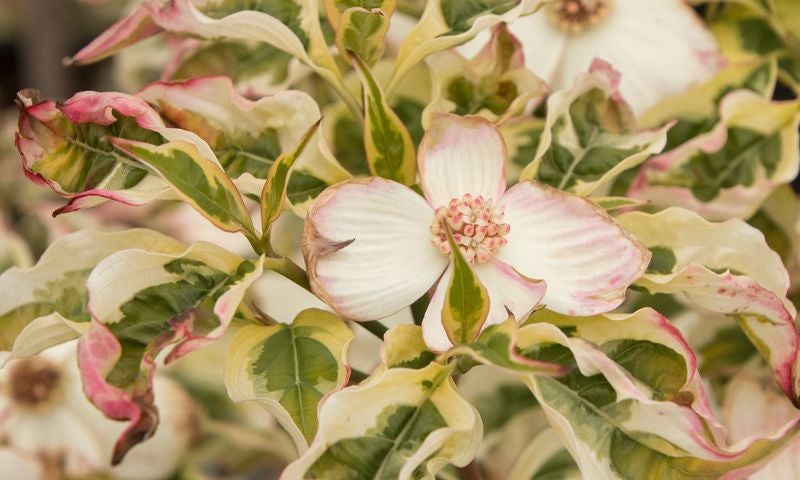 20 Hard-to-Find Spring Flowers & Plants That Look Amazing All Season
20 Hard-to-Find Spring Flowers & Plants That Look Amazing All SeasonIt’s finally beginning to look like spring! If you’re eager to find some unique, hard-to-find varietals to satisfy your spring fever, look here first.
By Caroline Bloomfield
-
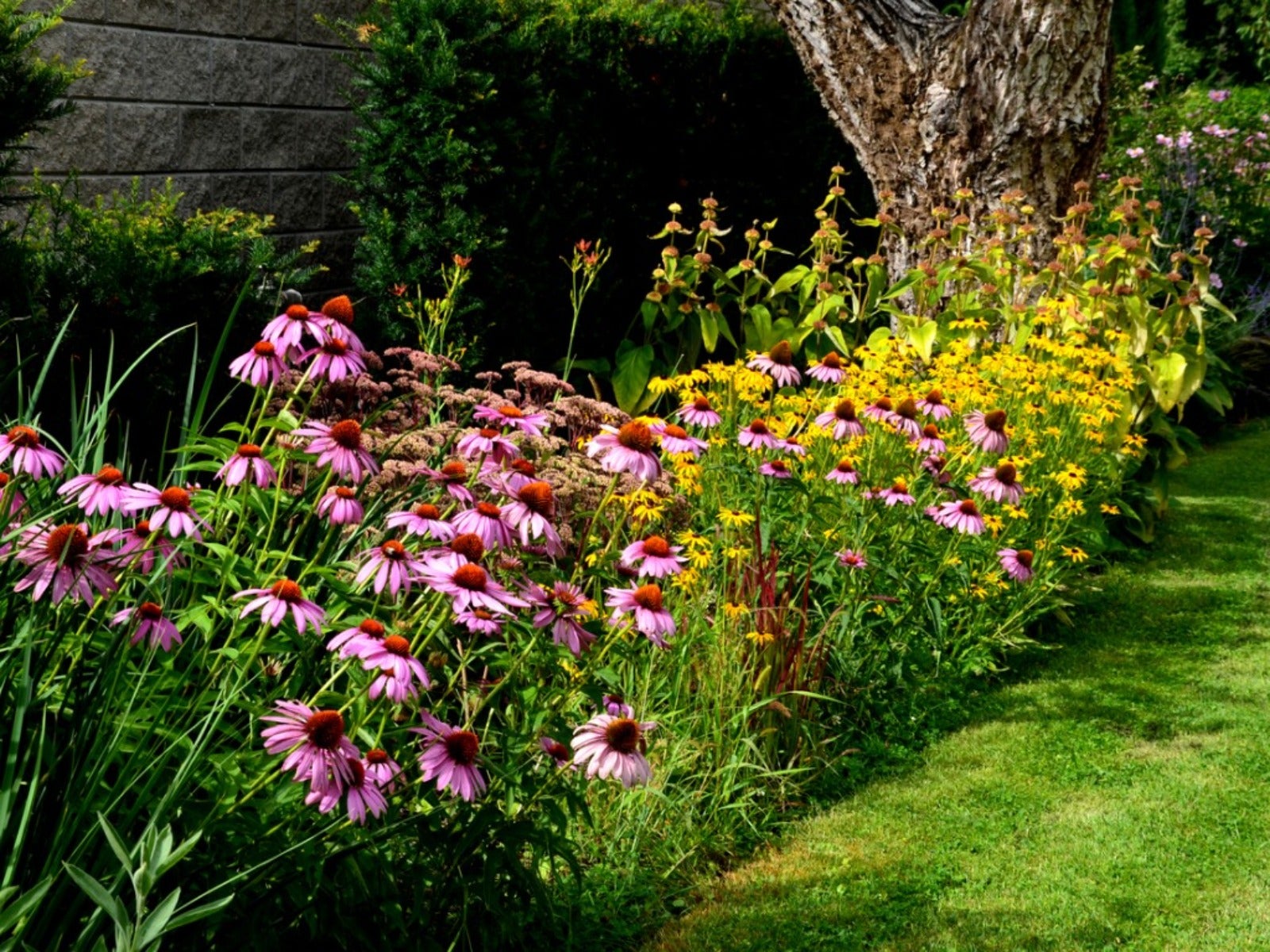 How Wildflower Strips Help Attract Pollinators To Your Yard
How Wildflower Strips Help Attract Pollinators To Your YardIf you have a small garden spot or strip available, fill it with wildflowers for our hungry pollinators. Click to learn more.
By Tonya Barnett
-
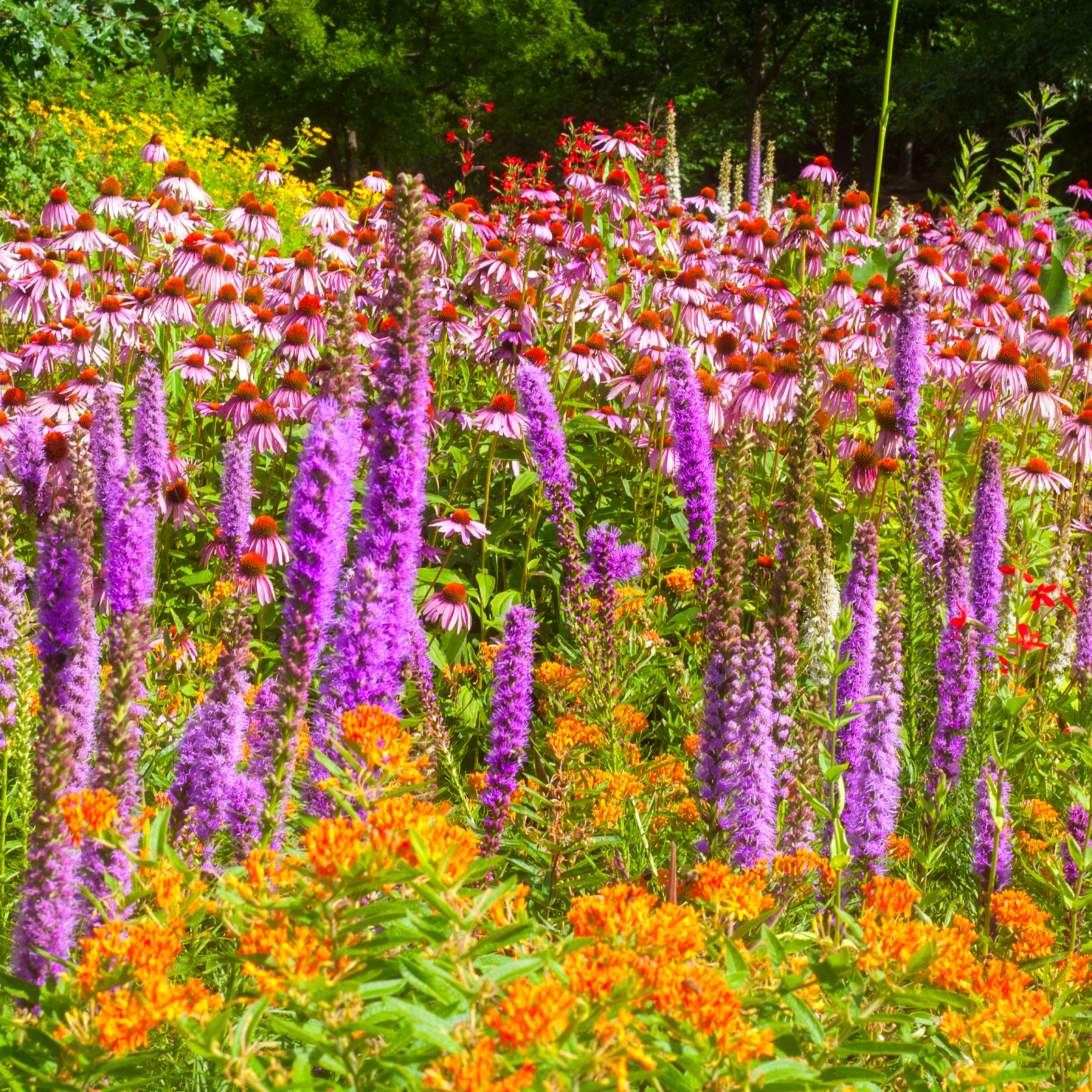 10 Knockout Native Flowers To Add A Punch Of Color To Your Garden
10 Knockout Native Flowers To Add A Punch Of Color To Your GardenGrowing native is the way to go. See our list of ten native wildflowers that will knock you out with color.
By Amy Grant
-
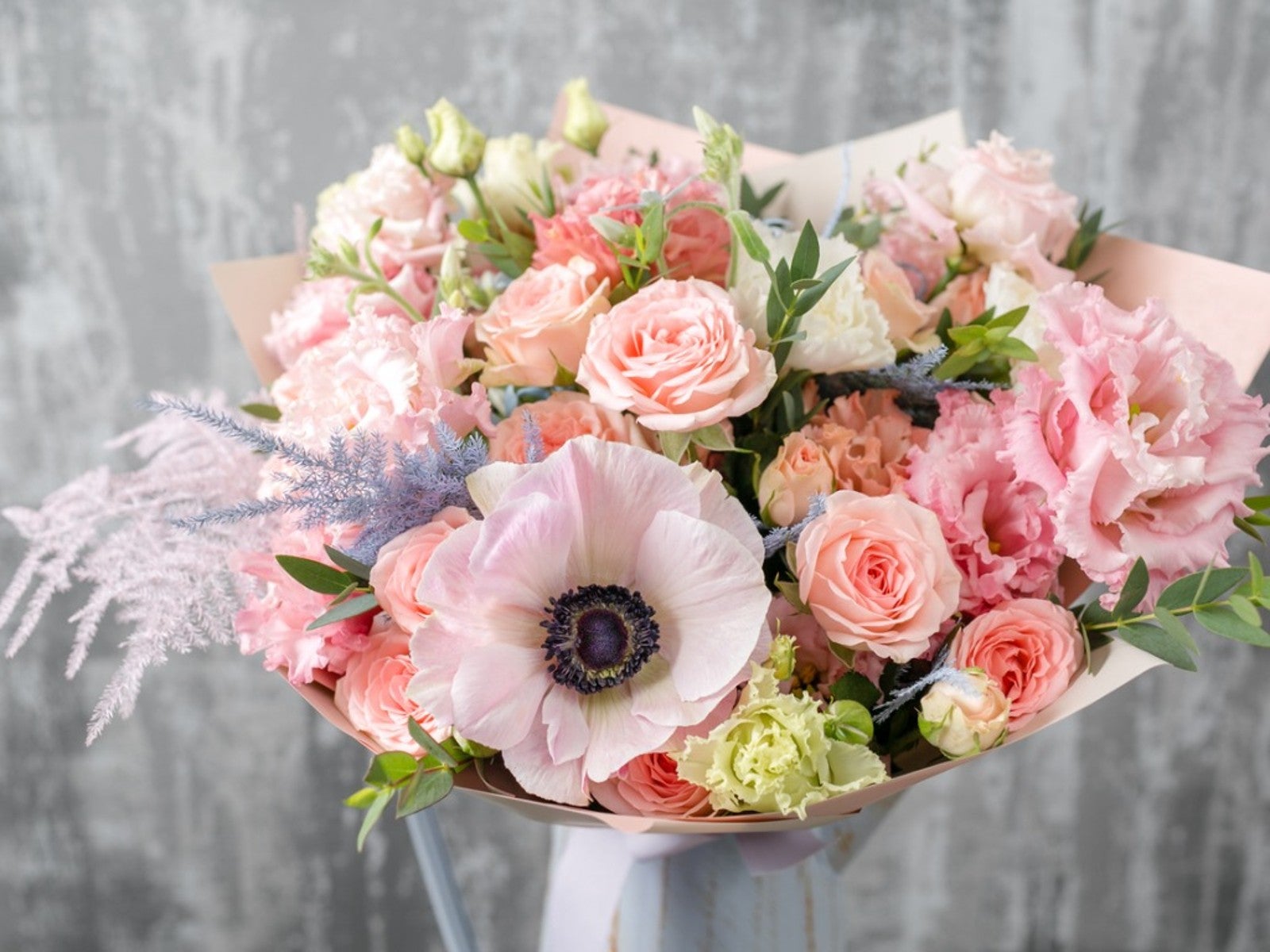 Pretty Plants For A Pastel Flower Bouquet
Pretty Plants For A Pastel Flower BouquetRoses aren’t the only romantic flower. Some romantic pastel flowers can fill in beautifully.
By Tonya Barnett
-
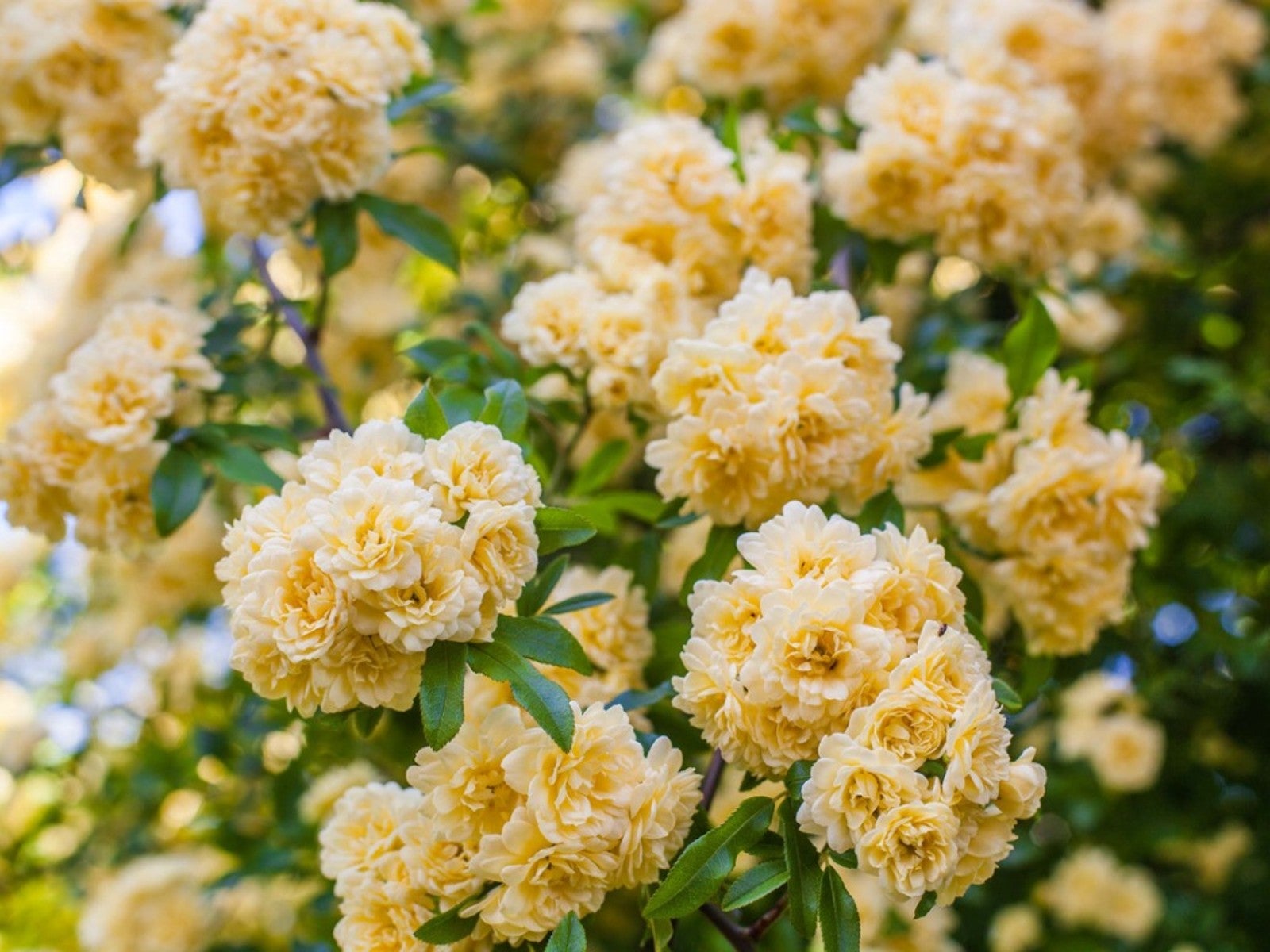 Soft Yellow Plants For A Sunny Pastel Garden
Soft Yellow Plants For A Sunny Pastel GardenClick here for ideas on some pale yellow flower varieties for pastel garden designs.
By Tonya Barnett
-
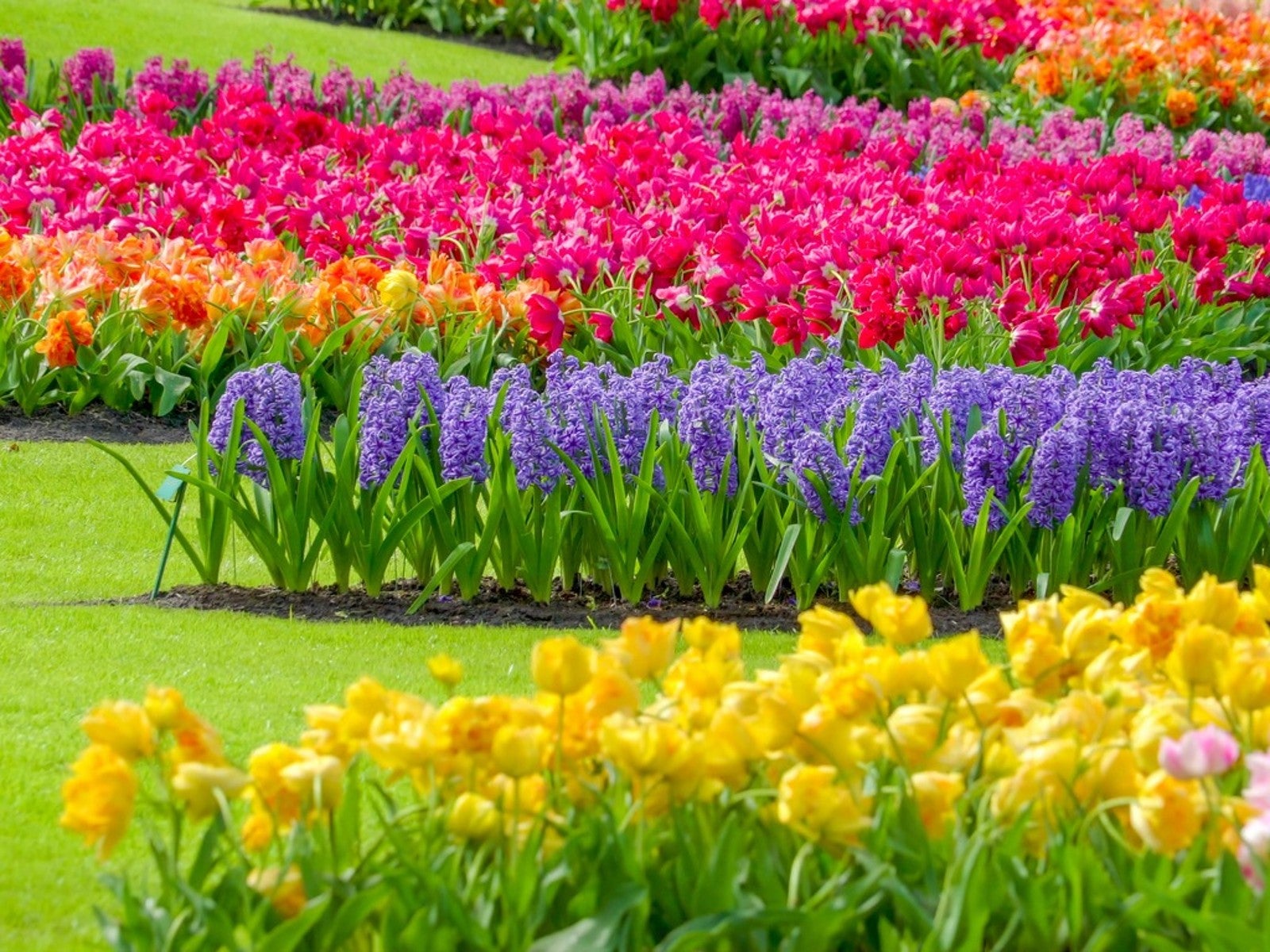 Most Common Flower Color In The World
Most Common Flower Color In The WorldWhat are the most common and least common flower colors in the world? Click here to find out.
By Mary Ellen Ellis
-
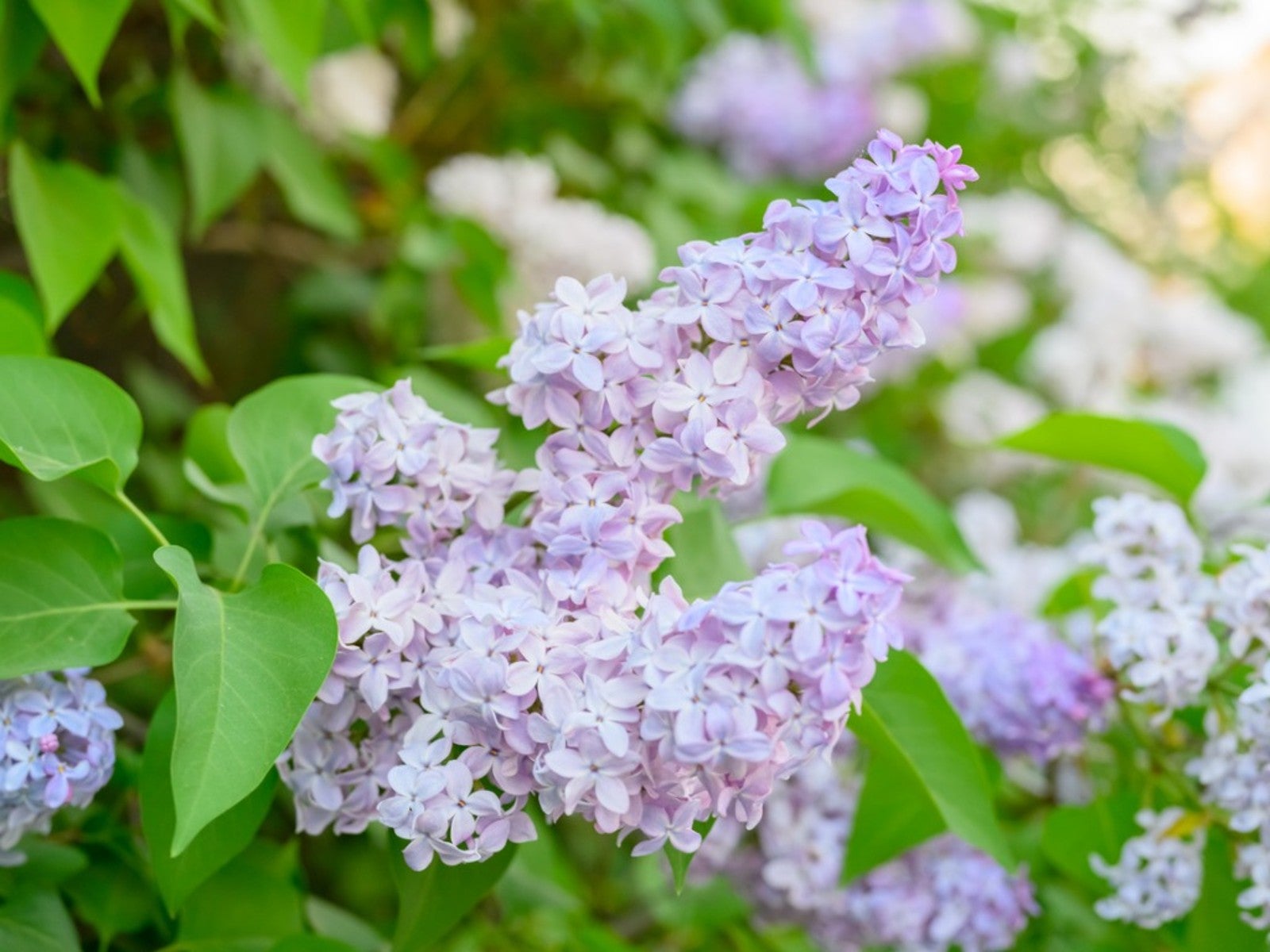 Pastel Plants For A Lovely, Light Purple Flower Garden
Pastel Plants For A Lovely, Light Purple Flower GardenClick here for ideas on some light purple plants for a pretty, pastel garden display.
By Tonya Barnett
-
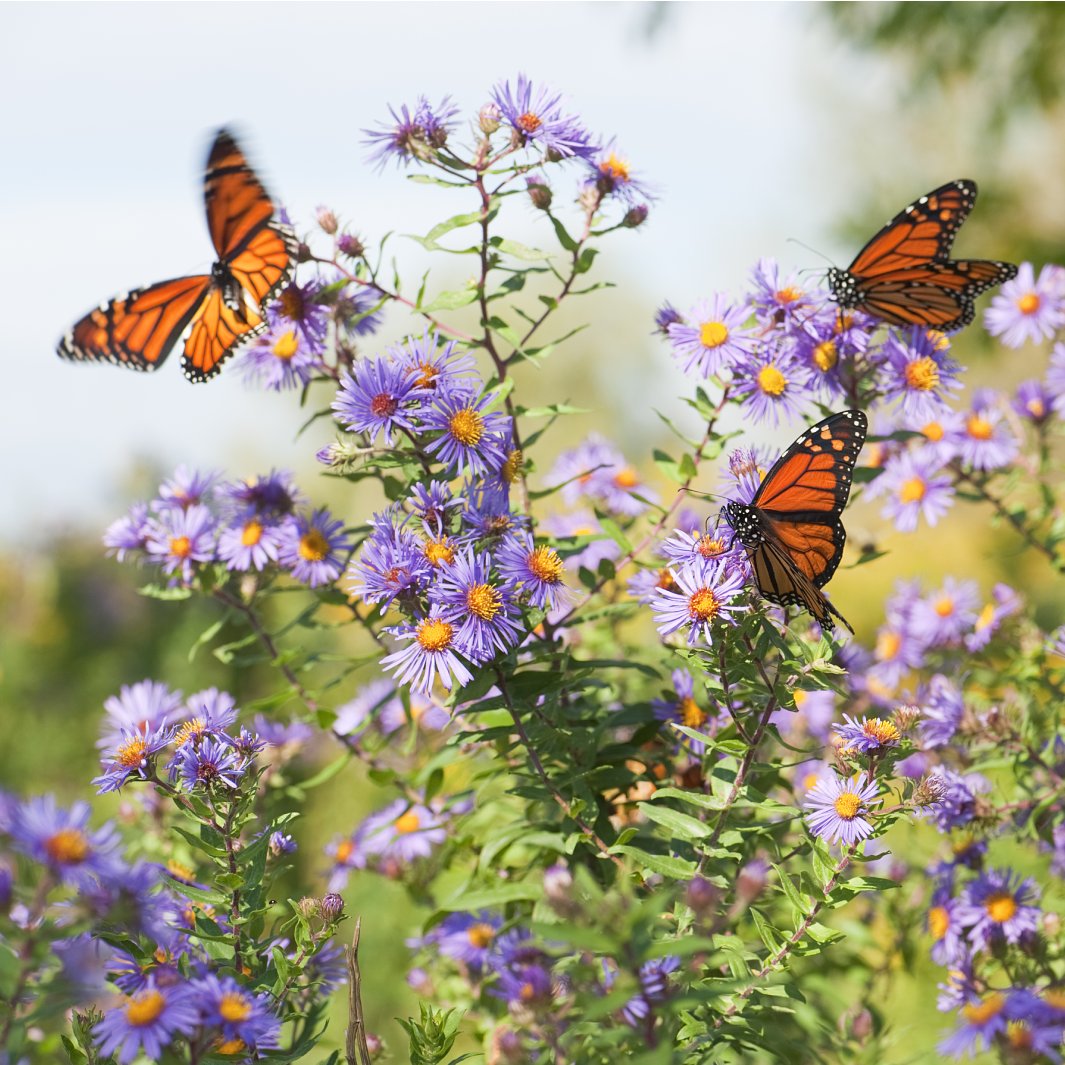 Fall Wildflowers For Late Season Color
Fall Wildflowers For Late Season ColorBy Mary Ellen Ellis